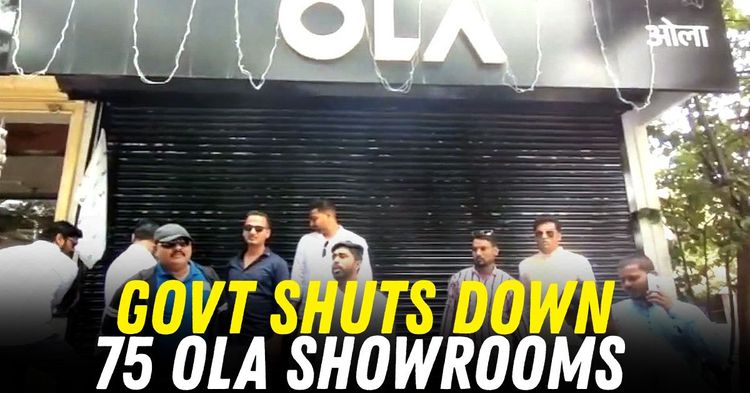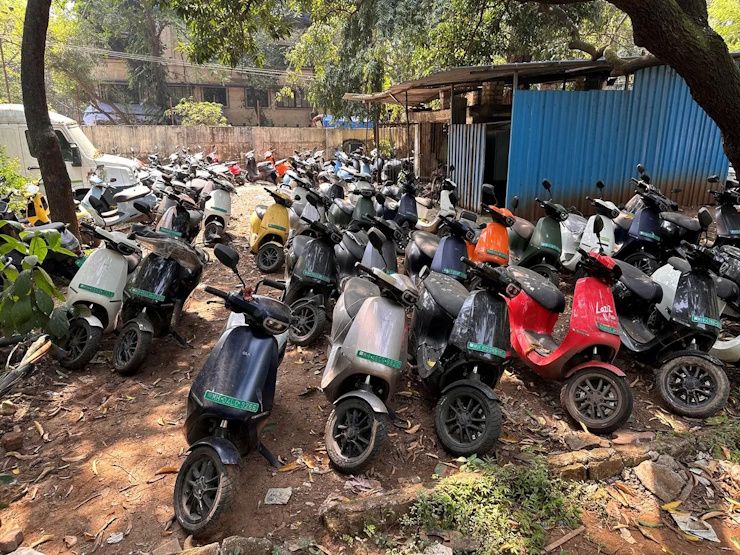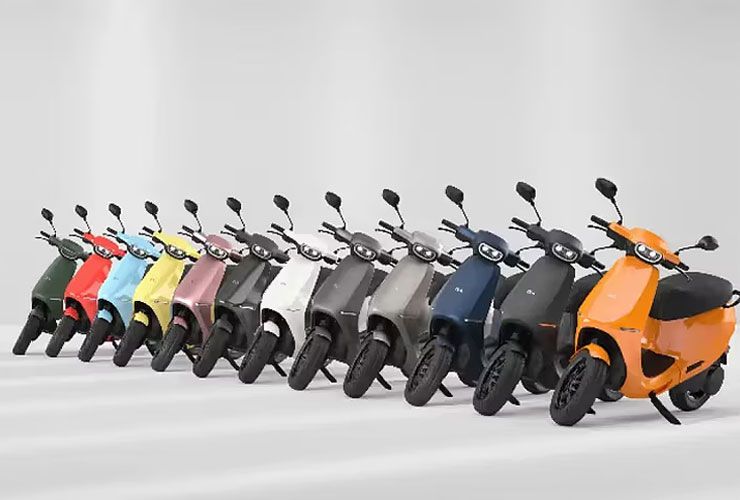90 % Of Ola Showrooms Shut In This State: Company Makes Record Loss, Revenue Drops 50 %


Ola Electric, once celebrated as a disruptor in India’s electric two-wheeler market, is facing a reality check. According to reports, almost 90 percent of its showrooms in Maharashtra have been shut down. As if that weren’t troubling enough, the company’s Q1 quarter that ended in June 2025 saw losses mounting to Rs. 428 crore, and a 50 % year-on-year drop in revenue, from Rs. 1644 crore to Rs. 828 crore. For a brand that once promised to rewrite the EV playbook, this development is more than just a temporary stumble. It signals that something deeper might be wrong.

Maharashtra has always been a key market for electric vehicles. Cities like Mumbai, Pune, and Nagpur were seen as early adopters, with better charging infrastructure and a customer base willing to try new tech.
Ola recognised this potential and opened a significant number of showrooms across the state. But today, most of them are either closed or non-functional. Customers searching for a test ride or basic service support are often met with shuttered stores or redirected calls.

Lack of trade certificates. The Maharashtra RTO has swooped down on Ola Electric showrooms functioning without this certificate, and has shut down over 75 such showrooms across the length and breadth of what happens to be one of India's largest states.
The signs have been there for a while. Ola’s direct-to-customer sales model, while bold, depended heavily on digital orders and minimal physical infrastructure in its early days. But over time, the company realised that customer confidence in high-value purchases like scooters needed more than an app. Test rides, after-sales service, and physical presence became non-negotiable. Ola responded by setting up hundreds of experience centres. Unfortunately, many of them didn’t see the kind of footfall required to sustain operations.
Operating costs in cities like Mumbai and Pune aren’t low. Rentals, staffing, inventory, and maintenance add up quickly. Combine that with reduced demand and limited new product rollout in recent months, and the financial pressure becomes intense. Ola is now caught in a trap of its own making. It expanded rapidly, but customer experience, delivery timelines, and product quality didn’t always keep up.

For buyers, the impact is immediate. Without functioning showrooms, service becomes difficult. Parts availability is hit-or-miss, and for many owners, the experience starts feeling uncertain. There’s also the issue of trust. If buyers can’t find a nearby service point or speak to a real person when something goes wrong, they’re less likely to recommend or return for another purchase.
This development also raises wider questions about the health of India’s electric mobility transition. Ola wasn’t just another startup, it was one of the flag-bearers of the EV movement, backed by big claims and even bigger investments. If a company with this much visibility is struggling, what does that say about the rest of the industry?
Not all of Ola’s markets are under stress. In southern states like Tamil Nadu and Andhra Pradesh, the company still maintains a steady presence. But Maharashtra’s losses are too large to ignore. The state was supposed to be a stronghold, and its collapse could have ripple effects on investor sentiment, vendor relationships, and consumer confidence.

Ola still has options. A shift to a leaner, hybrid showroom model could reduce costs while retaining visibility. Mobile service units or partnerships with existing two-wheeler garages could improve support without requiring new infrastructure. But these measures will take time, and until they’re implemented at scale, the company’s position in western India remains weak.
The EV sector is young and full of potential, but it is also unforgiving. Buyers are still cautious, infrastructure is patchy, and competition is rising. Companies that scale too quickly without strong support systems risk alienating the very customers they worked hard to attract.
For Ola Electric, this is a moment of reckoning. The promise of being a market leader is still within reach, but only if the company can refocus, rebuild, and respond with urgency. Maharashtra may have been a major blow, but the road ahead still has room if the next turn is taken wisely.